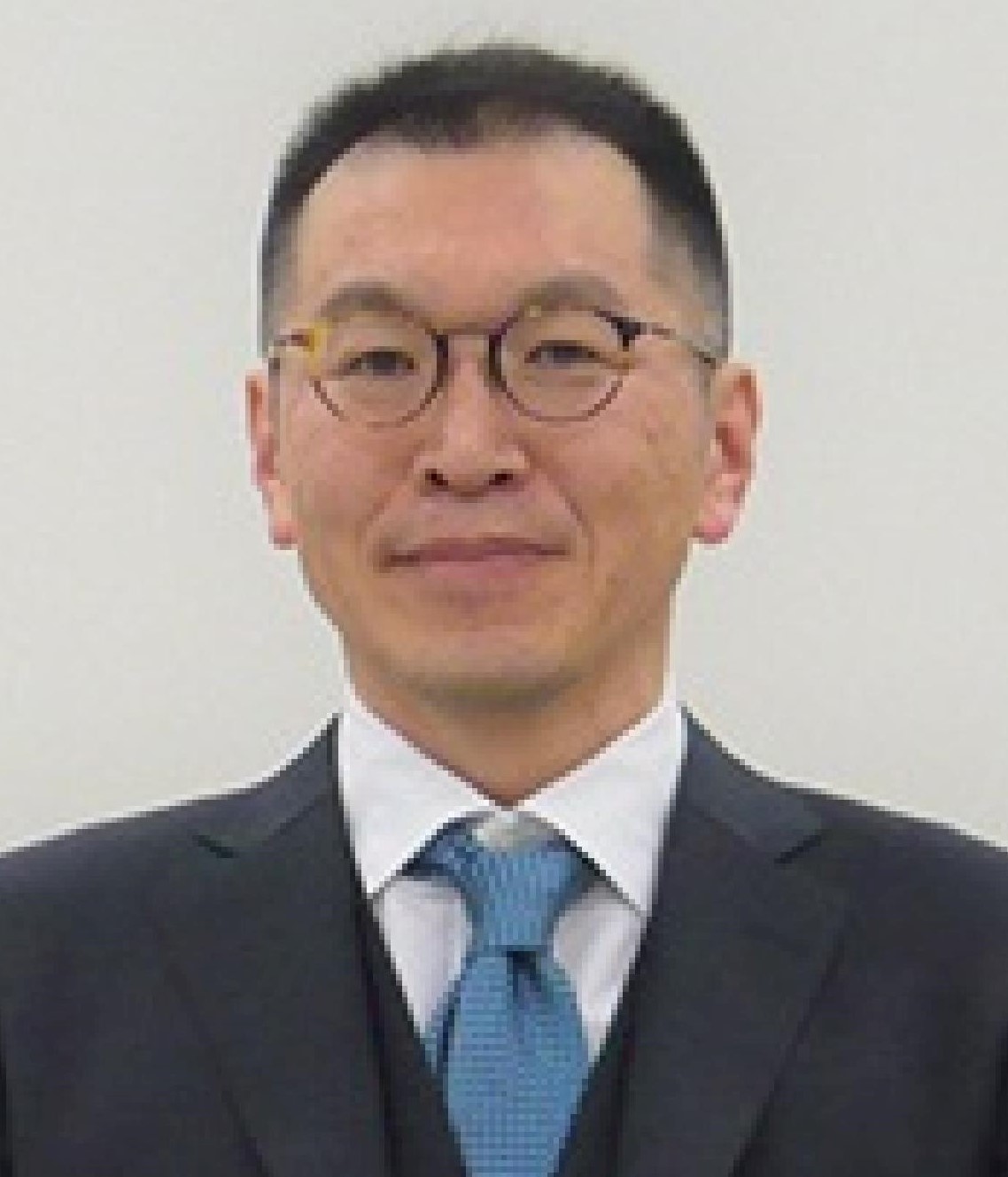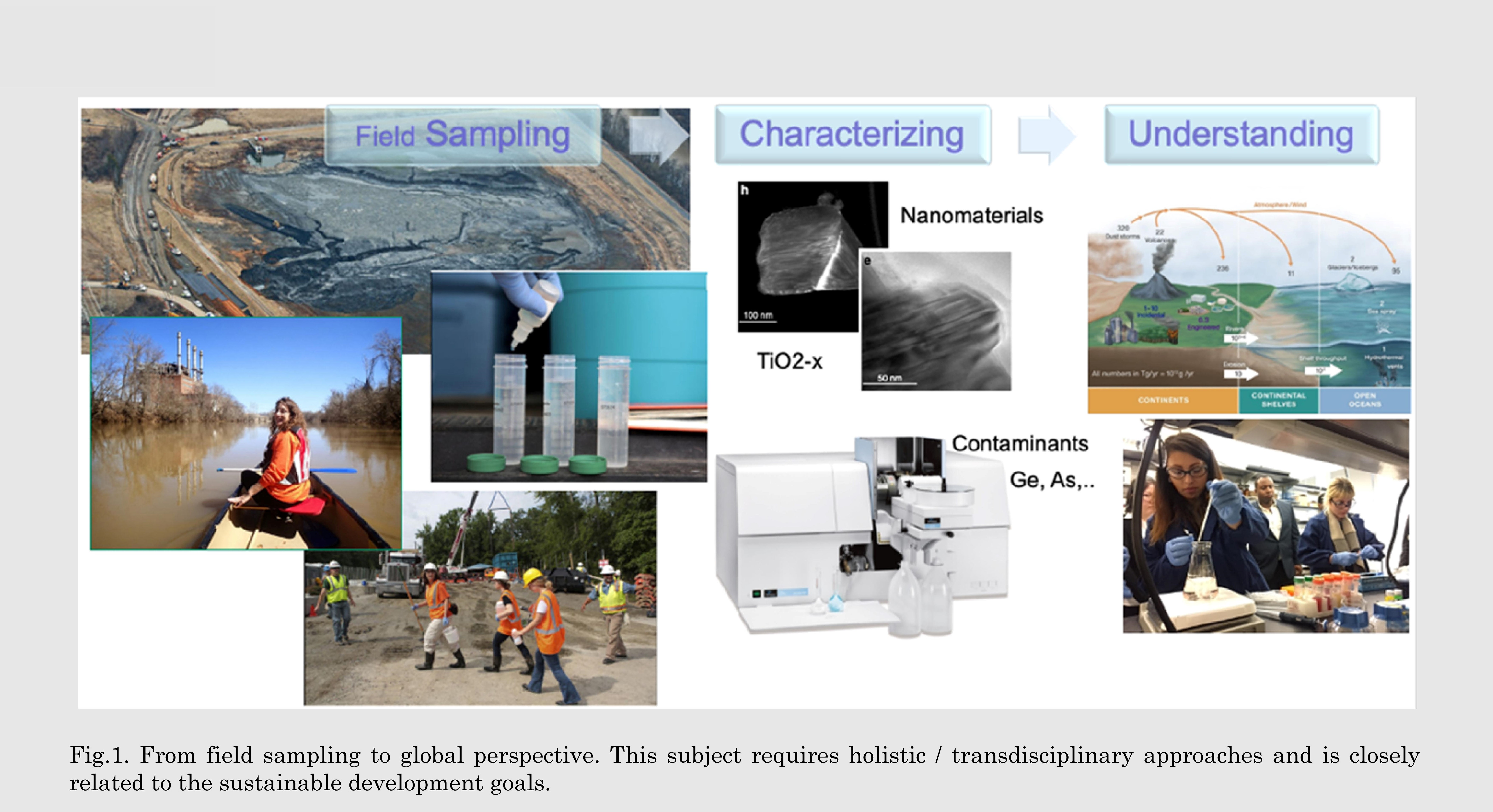
IMCE
Institute for Materials Chemistry and Engineering, Kyushu University
九州大学
先導物質化学研究所

LAST UPDATE 2021/06/09
-
研究者氏名
Researcher Name村山光宏 Mitsuhiro MURAYAMA
教授 Professor -
所属
Affiliation九州大学 先導物質化学研究所
融合材料部門 ナノ材料解析分野
Institute for Materials Chemistry and Engineering, Kyushu University
Division of Integrated Materials, Nanoscale Characterization of Materials -
研究キーワード
Research Keywords電子顕微鏡法
その場観察法
微細組織 – 特性の因果関係
Electron Microscopy
in-situ Electron Microscopy (Operando techniques)
Microstructure – Physical Properties Relationships
- 研究テーマ
Research Subject -
地球システムにおける天然・人工・偶発性ナノ粒子循環
Interactions among natural, incidental and engineered Nanoparticles in the Earth system
研究の背景 Background of the Research
材料・資源工学また無機化学で低環境負荷材料として注目されている天然ナノ鉱物(例えばスーパーキャパシタへの応用が検討されている層状マンガン酸化物)や鉱物ナノ粒子(例えばイオン交換材や乳化剤・吸着剤として使われる粘土鉱物)は、従来の地学的な鉱物の定義から外れた不定比組成と構造を有しています。この特異性が物理特性に与える影響、また金属ナノ粒子に代表されるナノテク製品と地球環境内で混在することによる相互作用、といった地球化学におけるナノスケール現象の理解はまだ途上にあります。
Nanomaterials have been part of the Earth system for billions of years, but human activities are changing the nature and amounts of these materials. Since the Industrial Revolution some two-and-a-half centuries ago, incidental nanomaterials (produced unintentionally by human activity) have been continuously produced and distributed worldwide. In the past half-century, engineered nanomaterials have been produced in very small amounts relative to the other two types of nanomaterials, but still in large enough quantities to make them a consequential component of the planet. All nanomaterials, regardless of their origin, have distinct chemical and physical properties throughout their size range, clearly setting them apart from their macroscopic equivalents and necessitating careful study.
研究の目標 Research Objective
その場観察法・三次元電子顕微鏡法に代表される先端解析手法を用いて原子レベルで化学組成と電子構造を含む微細構造を評価し、得られたデータを深層学習などのデータアナリティクス手法を活用して評価し、定量的な理解を得ることを目標としています。
Following major advances in experimental, computational, analytical, and field approaches, it is becoming possible to better assess and understand all types and origins of nanomaterials in the Earth system. It is also now possible to frame their immediate and long-term impact on environmental and human health at local, regional, and global scales. We take advantage of advanced electron microscopy techniques to argue that adherence to the classic definition of a mineral has undoubtedly left large numbers of non-crystalline and poorly crystalline materials on the periphery, or worse understudied and even unnoticed especially when the minerals are in nanometer geometry.
研究図Figures

論文発表 / Publications
Steven R. Spurgeon, Colin Ophus, Lewys Jones, Amanda Petford-Long, Sergei V., Kalinin, Matthew J. Olszta, Rafal E. Dunin-Borkowski, Norman Salmon, Khalid Hattar, Wei-Chang D. Yang, Renu Sharma, Yingge Du, Ann Chiaramonti, Haimei Zheng, Edgar C. Buck, Libor Kovarik, R. Lee Penn, Dongsheng Li, Xin Zhang, Mitsuhiro Murayama, and Mitra L. Taheri, “ Towards Data-Driven Next-Generation Transmission Electron Microscopy", Nature Materials, (2020). doi.org/10.1038/s41563-020-00833-z.
研究者連絡先 / HP
- murayama
 cm.kyushu-u.ac.jp
cm.kyushu-u.ac.jp - https://murayamasaito.weebly.com/